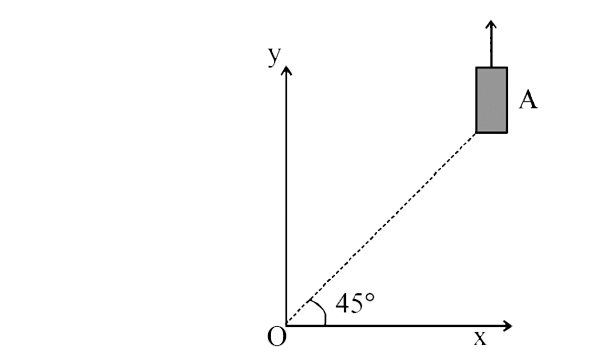Assertion:- Biotic components are as important as abiotic components for determination of habitats in various ecosystems.
Reason:- Interaction between biotic component and physico-chemical components determine the specific regional and local variations of biome.
If both Assertion & Reason are True & the Reason is a correct explanation of the Assertion.
If both Assertion & Reason are True but Reason is not a correct explanation of the Assertion
If Assertion is True but the Reason if False.
If both Assertion & Reason are false.
The correct Answer is:A
Step-by-Step Solution:
1. Understanding the Assertion: The assertion states that biotic components (living organisms) are as important as abiotic components (non-living elements) in determining habitats in various ecosystems. This means that both types of components play a crucial role in shaping the environment where organisms live.
2. Understanding the Reason: The reason provided explains that the interaction between biotic components (like plants, animals, and microorganisms) and abiotic components (such as temperature, water, light, and soil) leads to specific regional and local variations in biomes. This highlights the interconnectedness of living and non-living factors in shaping ecosystems.
3. Analyzing the Relationship: The assertion and reason are closely related. The assertion emphasizes the equal importance of biotic and abiotic components, while the reason elaborates on how their interaction results in diverse ecosystems. This suggests that without one, the other cannot effectively contribute to the formation of habitats.
4. Evaluating the Truth of Statements:
- The assertion is true because both biotic and abiotic components are essential for the existence and functioning of ecosystems.
- The reason is also true as it accurately describes how the interaction between these components leads to variations in ecosystems.
5. Conclusion: Since both the assertion and the reason are true, and the reason correctly explains the assertion, we can conclude that the correct answer is that both statements are true and the reason is a correct explanation of the assertion.
Final Answer:
Both the assertion and reason are true, and the reason is a correct explanation for the assertion.
---
- The assertion is true because both biotic and abiotic components are essential for the existence and functioning of ecosystems.
- The reason is also true as it accurately describes how the interaction between these components leads to variations in ecosystems.
Both the assertion and reason are true, and the reason is a correct explanation for the assertion.
Topper's Solved these Questions
- ORGANISM & ENVIRONMENT AND DEMOGRAPHYBook:ALLENChapter:ORGANISM & ENVIRONMENT AND DEMOGRAPHYExercise:EXERCISE-III
Explore 110 Videos
- NEURAL CONTROL AND COORDINATIONBook:ALLENChapter:NEURAL CONTROL AND COORDINATIONExercise:Questions
Explore 61 Videos
- ORGANISM AND POPULATION (ECOLOGY)Book:ALLENChapter:ORGANISM AND POPULATION (ECOLOGY)Exercise:S
Explore 26 Videos
Similar Questions
Biotic and abiotic components form:-
View SolutionPhytoplanktons are important biotic components of
View SolutionBiotic components of an ecosystem include
View SolutionName the three major biotic components of ecosystem.
View SolutionHabitat includes :-
(a) Biotic components
(b) Physico-chemical components
(c) Pathogens, parasite, predator, competitors
(d) Different species
View SolutionThe habitat of an organism consists of both biotic and abiotic components.
View SolutionName the three types of biotic components of an ecosystem and mention the role they.
View SolutionHow many main groups are categorized under biotic components of ecosystem ? Mention their names.
View Solution[A] : The biotic community and the non living enviroment of an ara function together to form a ecosystem .
[R]: The change in biotic components causes a change in abiotic components also.
View SolutionOn a frictionless horizontal surface , assumed to be the x−y plane , a small trolley A is moving along a straight line parallel to the y−axis ( see figure) with a constant velocity of (√3−1)m/s . At a particular instant , when the line OA makes an angle of 45(∘) with the x− axis , a ball is thrown along the surface from the origin O. Its velocity makes an angle ϕ with the x− axis and it hits the trolley .
(a) The motion of the ball is observed from the frame of the trolley . Calculate the angle θ made by the velocity vector of the ball with the x−axis in this frame .
(b) Find the speed of the ball with respect to the surface , if ϕ=(4θ)/(3).

View Solution